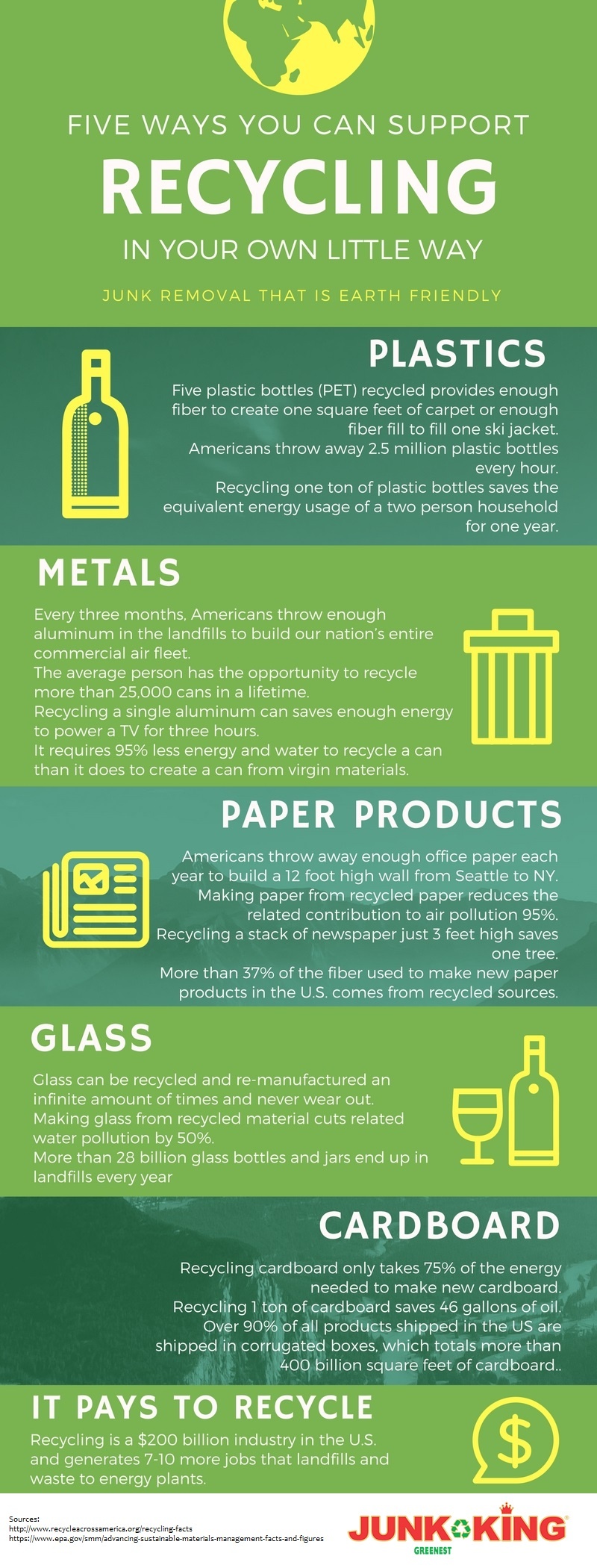Exactly How To Select The Right Dumpster Size For Your Job: A Comprehensive Guide
Exactly How To Select The Right Dumpster Size For Your Job: A Comprehensive Guide
Blog Article
Short Article Composed By-Hahn Hunter
When starting a task that requires a dumpster, the size you select can greatly impact its efficiency and cost-effectiveness. Think of having the perfect container that accommodates all your waste without being excessively large or too little. All of it begins with recognizing the subtleties of your project and picking a dumpster dimension that aligns with your details needs. So, before 20 yard roll off dumpster choose, take into consideration the factors at play to make certain a smooth waste administration procedure from start to finish.
Variables to Consider
When deciding on the appropriate dumpster size, there are numerous vital aspects to take into consideration.
First, think about the type of waste you'll be getting rid of. Different products may need varying amounts of room, so recognizing what you'll be placing in the dumpster is important.
Next off, evaluate the amount of waste you expect to generate. If you take too lightly the quantity, you might need to make multiple journeys to get rid of whatever, which can be troublesome and expensive. On mouse click the following article , renting a dumpster that's too large can lead to unnecessary costs.
Additionally, think about the space where the dumpster will be put. Ensure there's enough room for the dumpster to be delivered and picked up without any obstructions.
Lastly, think about any kind of weight limitations that might apply. Surpassing the weight restriction can cause extra costs or even the rejection of service.
Dumpster Size Alternatives
For selecting the ideal dumpster dimension, it's vital to have a mutual understanding of the available alternatives. Dumpster sizes normally range from 10 to 40 cubic yards, with variations in between.
A 10-yard dumpster appropriates for little tasks like a garage cleanout or a tiny improvement. If you're dealing with a medium-sized task such as a cooking area remodel or a cellar cleanout, a 20-yard dumpster could be the right option.
For bigger tasks like a whole-house improvement or business building, a 30 or 40-yard dumpster could be more suitable to fit the volume of waste generated.
When deciding on a dumpster size, think about the quantity and kind of debris you anticipate to take care of. It's far better to pick a somewhat bigger size if you're unsure to avoid overfilling. Bear in mind, it's more cost-effective to lease a dumpster that fits your requirements instead of needing to order an added one.
Matching Size to Task
Efficiently matching the dumpster dimension to your project is essential for reliable waste management. To identify the right size, think about the extent and nature of your project.
For little house cleanouts or renovations, a 10-yard dumpster might be adequate. These are normally 12 feet long and can hold about 4 pickup truck loads of waste.
For bigger jobs like remodeling several areas or clearing out a big estate, a 20-yard dumpster could be better. These are around 22 feet long and can hold about 8 pickup truck loads.
If you're taking on a significant building project or industrial improvement, a 30-yard dumpster could be the very best fit. These dumpsters are about 22 feet long and can accommodate concerning 12 pickup truck lots of debris.
Matching the dumpster dimension to your job guarantees you have enough space for all waste products without paying too much for unused capacity.
Conclusion
To conclude, selecting the ideal dumpster size for your project is important for reliable garbage disposal. By considering variables like the kind and quantity of waste, area availability, weight restrictions, and budget restraints, you can ensure you have the ideal size dumpster for your needs. Ensure to match the dimension of the dumpster to the range and nature of your task to prevent overspending on unneeded expenditures.
